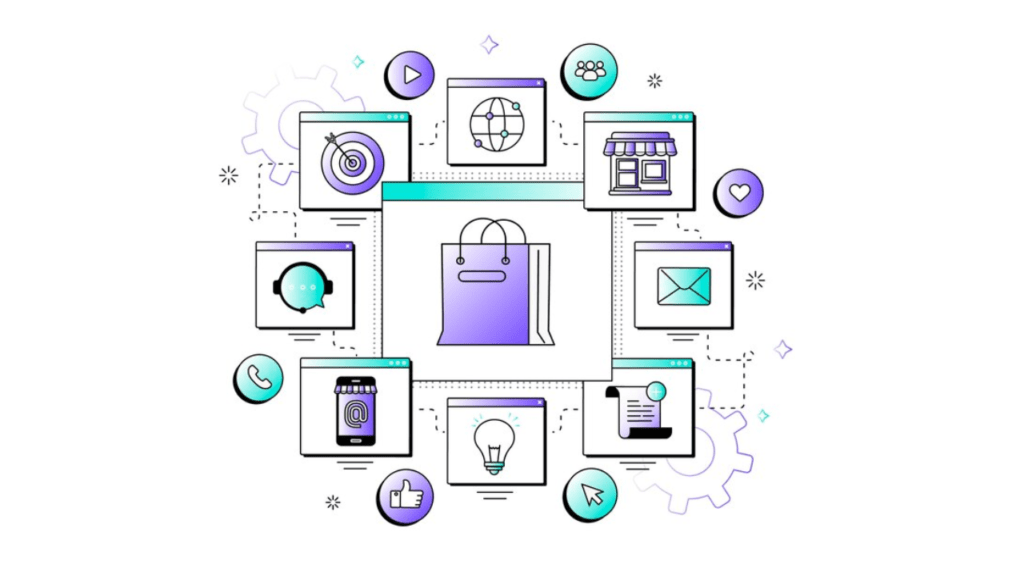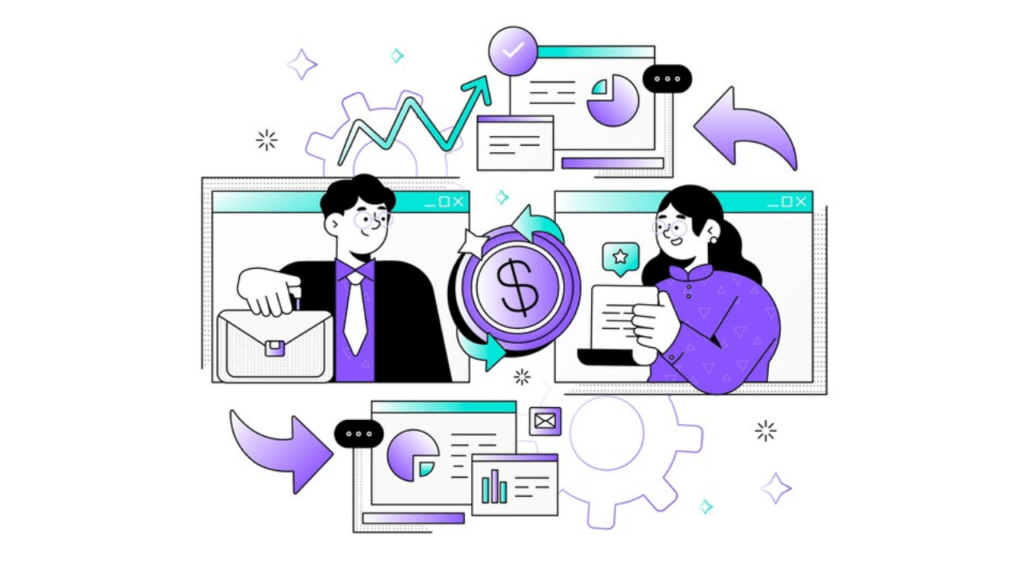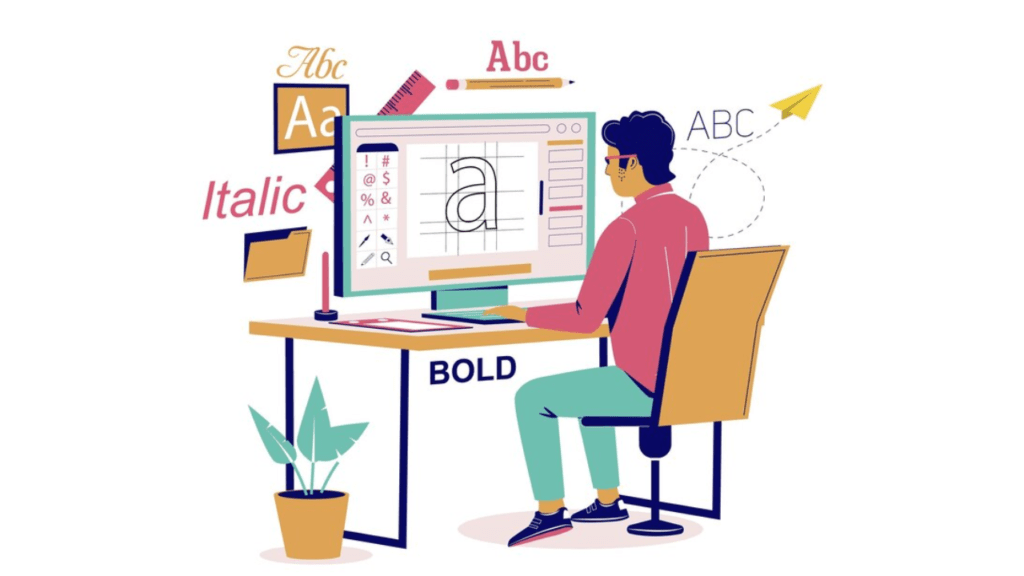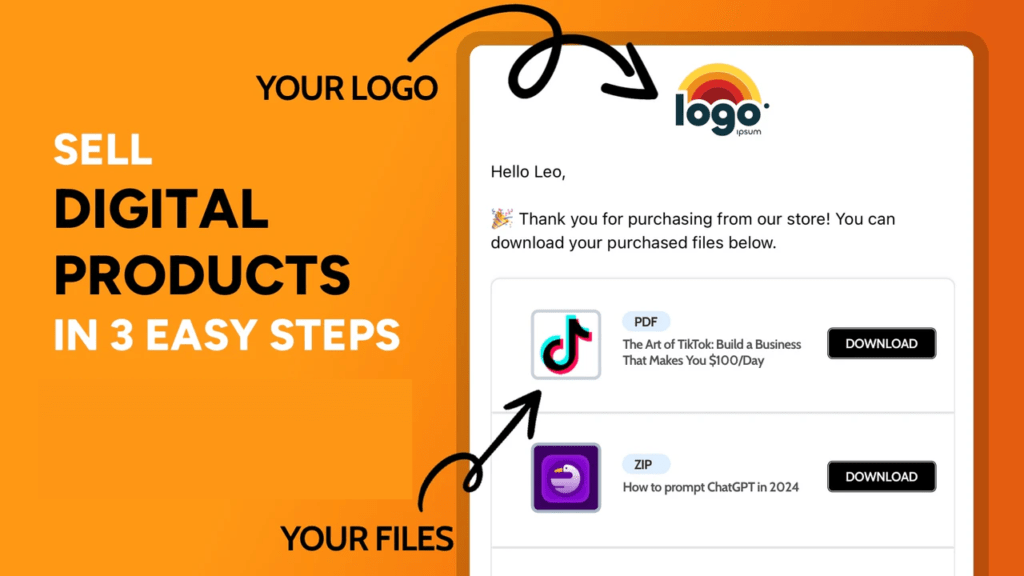
Digital products are a goldmine for entrepreneurs, creators, and businesses aiming to build passive income streams or scale their brand reach. The low-cost entry, scalability, and global accessibility make them an attractive avenue for anyone with knowledge or skills to share. Whether you’re a designer, writer, or teacher, understanding how to create digital products can unlock incredible growth potential.
Why Digital Products Are a Game-Changer
Before diving into the specifics, it’s essential to understand why digital products are thriving. Unlike physical goods, digital products require no inventory, can be distributed globally, and hold high-profit margins. From eBooks and courses to software and templates, the options are endless.
In this guide, you’ll discover how to create digital products from concept to launch, ensuring your efforts translate into tangible results.
Understanding the Concept of Digital Products
Digital products are intangible assets delivered electronically. They solve problems, entertain, or educate users. Examples include:
- Ebooks – Comprehensive guides or stories in digital form.
- Online Courses – Educational content delivered through video, audio, or text.
- Templates – Design or business-related templates for easy customization.
- Software/Apps – Functional digital tools for various uses.
- Membership Sites – Exclusive content behind a paywall.
These products require no shipping or handling and can be sold repeatedly without replenishing inventory, creating an infinite return on investment.
How to Create Digital Products That Sell

1. Identify a Market Need
The first step in creating digital products is recognizing a gap in the market. Research common pain points within your niche. Tools like Google Trends, Reddit, and Quora can provide insights into what people are searching for.
Questions to Ask:
- What problems are my target audience facing?
- How can I provide solutions digitally?
- Are there existing products I can improve upon?
2. Choose the Right Product Type
Your strengths will determine the type of digital product you create. For instance:
- If you’re an expert writer, consider crafting eBooks or guides.
- Designers might find creating templates lucrative.
- Educators can turn knowledge into online courses.
Select a format that complements your skill set and caters to market demand.
3. Validate Your Idea
Before investing time and resources, validate your idea by:
- Conducting Surveys – Ask your audience directly through email or social media.
- Creating MVPs – Develop a minimal viable product to test demand.
- Pre-selling – Market the product before creation to gauge interest.
Validation ensures you invest in products with high potential returns.
Planning and Designing Your Digital Product

1. Outline Your Product
A well-structured plan saves time and ensures your product remains focused. Break down the content into sections or modules, ensuring logical progression.
Example for an Online Course:
- Introduction – Overview and objectives.
- Module 1 – Basics and foundation.
- Module 2 – Intermediate techniques.
- Module 3 – Advanced strategies.
- Conclusion – Recap and next steps.
2. Tools and Resources to Use
Numerous platforms facilitate the creation of digital products. Depending on your product type, consider the following:
- Canva – Design eBooks, presentations, or templates.
- Teachable – Create and host online courses.
- Gumroad – Sell eBooks, templates, and more.
- Adobe Creative Suite – For advanced design and media production.
3. Design for User Experience (UX)
Your product’s design directly impacts its success. Ensure intuitive navigation, clear instructions, and visually appealing layouts. Use high-quality images, video, and graphics to enhance engagement.
Building and Packaging Your Digital Product

1. Content Creation
Craft compelling, valuable content that addresses user pain points. Break down complex ideas into digestible sections. Use videos, PDFs, or interactive elements to make the experience richer.
2. Formatting and Branding
Consistency in branding increases credibility. Create templates for fonts, colors, and logos to ensure your digital product aligns with your brand identity.
3. Testing and Quality Control
Beta test your product with a small group to gather feedback. Address any issues and refine the content for maximum effectiveness.
Launching and Marketing Digital Products

1. Develop a Sales Funnel
A well-structured funnel increases conversions. Common funnel stages include:
- Awareness – Blog posts, free webinars, or lead magnets.
- Interest – Email sequences with product insights.
- Decision – Discount codes or time-limited offers.
- Action – Direct call to purchase.
2. Leverage Social Proof
To develop trust, use case studies, reviews, and testimonials. Showcase real results and positive user experiences.
3. Effective Promotion Strategies
- Content Marketing – Write blog posts or guides related to your product.
- Email Campaigns – Send updates and exclusive offers to your list.
- Paid Ads – Run Facebook, Instagram, or Google ads to reach broader audiences.
- Influencer Partnerships – Collaborate with influencers to expand reach.
Optimizing and Scaling Your Digital Product

Track performance using tools like Google Analytics. Optimize underperforming areas by gathering customer feedback. Consider scaling by creating complementary products or bundling existing ones.
Benefits of Creating Digital Products
- Passive Income – Earn money while you sleep.
- Scalability – Sell to unlimited customers.
- Low Overhead – Minimal costs after initial creation.
- Global Reach – Sell worldwide without additional costs.
FAQs
How do I start with no experience?
Begin with skills you already possess. Focus on small, manageable projects like guides or templates.
Which platform is best for selling digital goods?
Gumroad, Shopify, and Teachable are user-friendly platforms for beginners.
How much should I charge?
Pricing varies by product type. Research competitors and consider the perceived value of your solution.
Is it expensive to create digital products?
No, many tools offer free or low-cost plans, allowing you to start with minimal investment.
Can I create digital products while working full-time?
Absolutely! Many creators develop products during evenings or weekends as a side hustle.
How can I prevent piracy of my digital product?
Use watermarks, encryption, and licensing agreements to safeguard your content.







